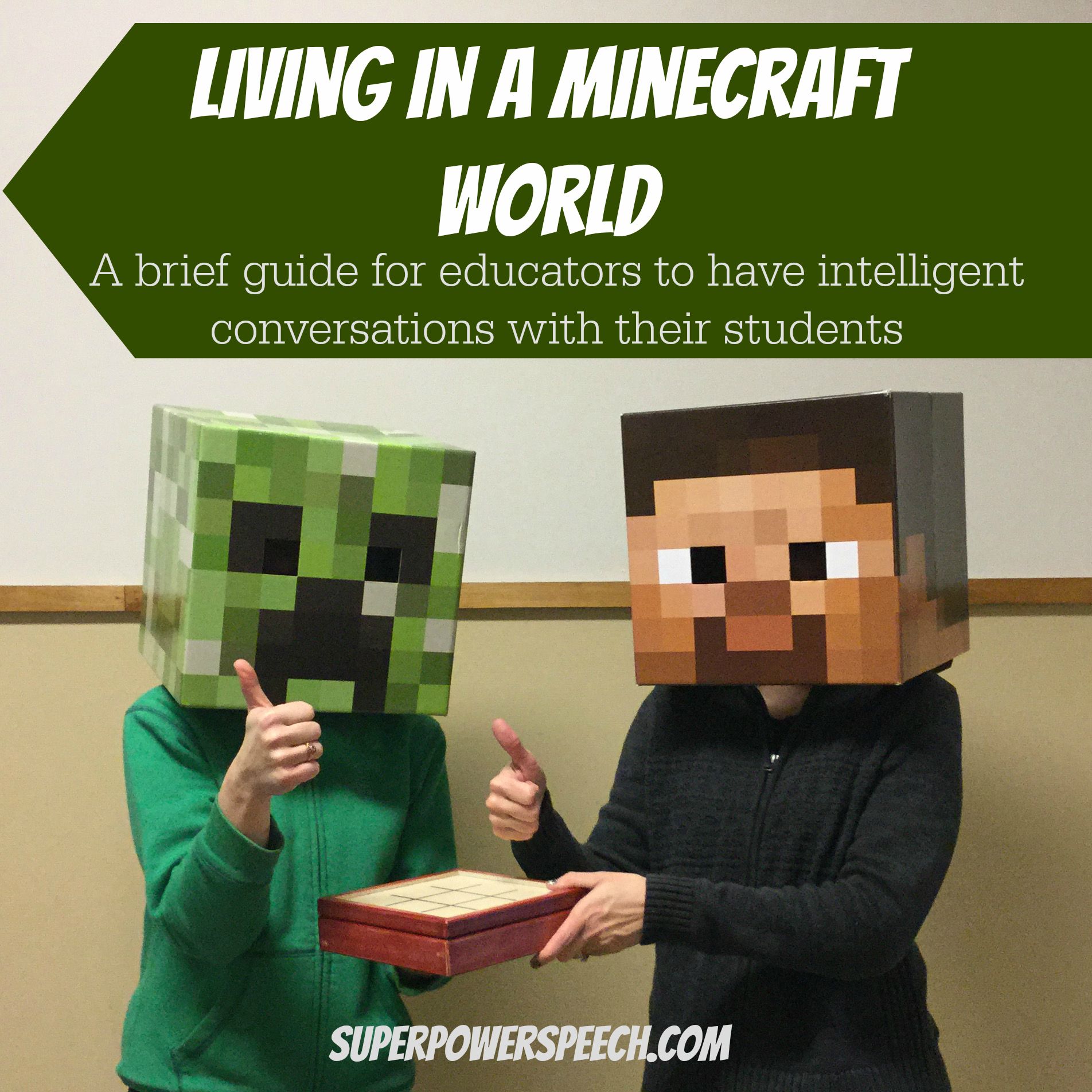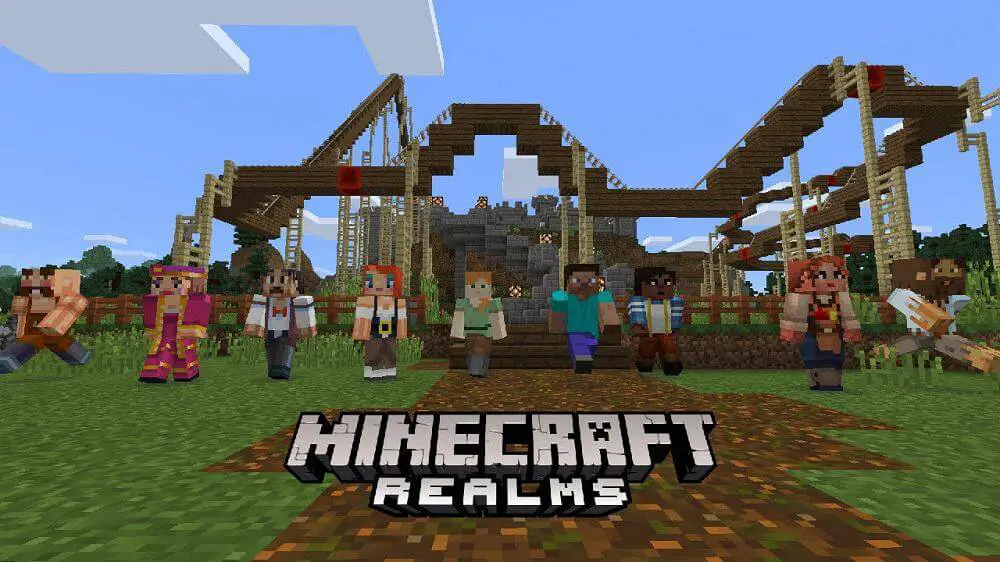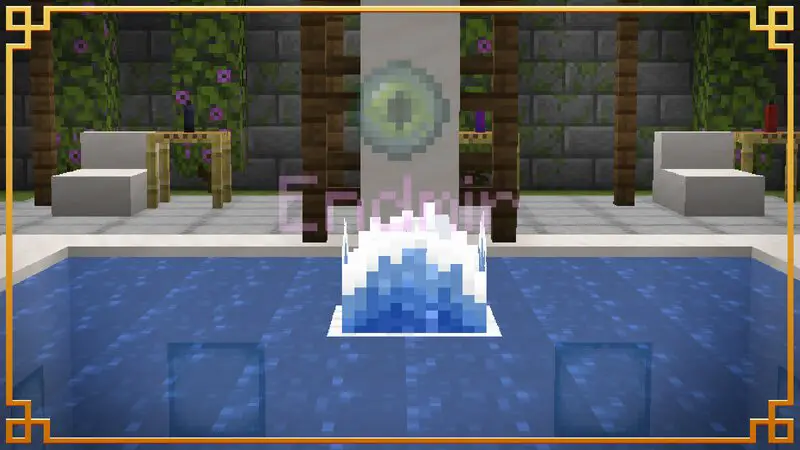Minecraft, a sandbox video game that has captured the imaginations of millions worldwide, offers a unique and immersive social experience that goes beyond the realm of solo gameplay. In the vast digital world of Minecraft, players have the opportunity to connect, collaborate, and forge lasting friendships with fellow players. This social aspect adds an extra layer of enjoyment and depth to the game, transforming it into a virtual playground where creativity and friendships thrive.

Creating a Virtual Community:
Minecraft servers, which act as virtual communities within the game, serve as the foundation for the social aspect of Minecraft. These servers are hosted by players or organizations and can accommodate hundreds or even thousands of concurrent players. Players can join these servers to explore, build, and interact with others. The sheer size and diversity of these servers give rise to a sense of belonging and community, fostering connections between players from all walks of life.
Cooperative Building and Projects:
One of the most remarkable aspects of Minecraft’s social gameplay is the ability for players to work together on massive building projects. Players can form teams and collaborate to create awe-inspiring structures, intricate cities, and even functioning machines. This cooperative aspect of the game not only strengthens bonds between players but also encourages creativity and problem-solving skills. The shared experience of overcoming challenges and achieving a common goal creates a sense of camaraderie and satisfaction that is unique to Minecraft’s multiplayer mode.
Roleplaying and Storytelling:
The open-ended nature of Minecraft also allows for roleplaying and storytelling opportunities. Players can create their own characters and embark on quests, adventures, and interactions with other players. This aspect of the game fosters imagination and allows players to express themselves in unique and creative ways. The possibilities are endless, limited only by the players’ imaginations.
Social Interaction and Communication:
Minecraft provides players with various tools to facilitate social interaction and communication. The chat system allows players to communicate with each other in real-time, while the ability to build and modify the world around them serves as a non-verbal form of communication. Players can use their creations to convey messages, emotions, and stories to other players, creating a shared visual language that transcends cultural and linguistic barriers.
Overcoming Language Barriers:
Minecraft’s social aspect has also been praised for its ability to transcend language barriers. The game’s intuitive design and visual nature allow players from different linguistic backgrounds to communicate and collaborate effectively. The act of building and creating together provides a common ground that fosters understanding and cooperation, regardless of language differences.
Conclusion:
The social aspect of Minecraft is an integral part of what makes the game so beloved by millions worldwide. The ability to connect, collaborate, and forge friendships with fellow players adds an extra layer of enjoyment and depth to the game. Whether it’s through cooperative building projects, roleplaying, or simply chatting with other players, Minecraft offers a unique and immersive social experience that goes beyond the realm of solo gameplay. It creates virtual communities where players can express themselves creatively, learn from one another, and make lasting friendships.# The Social Aspect Of Minecraft: Making Friends And Building Together
Executive Summary

Minecraft is a sandbox video game that allows players to build, explore, and interact with the world around them. Beyond its creative and explorative aspects, however, Minecraft also offers a unique social experience, connecting players from all over the world to create, collaborate, and communicate. This article examines the various ways in which Minecraft fosters social interactions among its players, whether it be through building together, exploring hidden realms, or simply chatting with one another.

Introduction
Minecraft is more than just a game; it’s a virtual world where players can connect, collaborate, and create together. Unlike most other video games, Minecraft is not structured around competition; instead, it encourages players to cooperate and work together to achieve common goals, such as building impressive structures or embarking on thrilling adventures. This cooperative nature of the game makes it a perfect platform for fostering social interactions among players.
Five Social Subtopics
Multiplayer Gameplay
Minecraft’s multiplayer mode is the cornerstone of its social experience. It allows players to interact with others through activities such as building projects, exploring new worlds, and engaging in various minigames. Players can also form teams or guilds, creating a sense of community and camaraderie within the game.
-
Collaborative Building: Working together to create magnificent structures or entire cities can be a highly rewarding and enjoyable experience. Players can bring their unique skills and creativity to the table to construct elaborate buildings, castles, or even entire villages.
-
Cooperative Exploration: Embarking on thrilling adventures together is another excellent way to bond with fellow players. From exploring vast caves filled with hidden treasures to battling mighty creatures in perilous dungeons, cooperative exploration offers endless opportunities for exciting social interactions.
-
Minigames and Community Events: Many Minecraft servers host minigames and community events, such as capture the flag, maze races, or build competitions. These events provide an excellent opportunity for players to socialize, compete against each other, and make new friends.
Role Playing and Character Creation
Minecraft allows players to create their own unique character, which they can use to interact with other players and participate in various activities. This character customization adds a role-playing element to the game, making the social interactions more immersive and engaging.
-
Character Customization: Players can customize their characters’ appearance, clothing, and equipment, allowing them to express their individuality and create a unique visual identity within the game.
-
Factions and Guilds: Minecraft servers often have factions or guilds that players can join. These groups offer a sense of belonging and camaraderie, providing players with a supportive community within the game.
-
Role-Playing Scenarios: Some Minecraft servers feature role-playing scenarios, where players can take on specific roles, such as heroes, villains, or ordinary citizens, and interact with each other in predetermined storylines.
Creativity and Self-Expression
Minecraft provides a platform for players to express their creativity and individuality. Whether it’s through building, decorating, or designing elaborate contraptions, Minecraft allows players to showcase their skills and imagination to others. This creative aspect of the game fosters social interactions and encourages players to share their creations with the community.
-
Building Contests and Exhibitions: Many Minecraft servers host building contests and exhibitions, where players can showcase their impressive creations and compete for prizes. These events provide an opportunity for players to share their creativity and connect with other builders.
-
Collaboration and Feedback: Players can collaborate on creative projects, such as building intricate structures or designing elaborate farms, sharing ideas and feedback to improve their creations. This collaboration fosters social interactions and encourages players to learn from each other.
-
Redstone Engineering: Minecraft’s Redstone system allows players to build complex circuits and contraptions, adding an element of engineering and problem-solving to the game. Players can share their Redstone creations with the community, sparking discussions and collaboration.
Communication and Social Interaction
Minecraft features various communication tools that enable players to interact with each other. From chat messages and voice communication to emotes and gestures, Minecraft provides a variety of ways for players to express themselves and interact with others.
-
Chat and Voice Communication: Minecraft’s chat system allows players to communicate with each other, sharing messages, strategies, and jokes. Voice communication features add another layer of social interaction, enabling players to converse in real-time, making the gaming experience more immersive and engaging.
-
Emotes and Gestures: Minecraft also features various emotes and gestures that players can use to express themselves non-verbally. These visual cues add a playful and expressive element to social interactions, allowing players to communicate emotions and reactions quickly.
-
Building and Emoting Together: By building structures or participating in activities together, players can communicate their intent and collaborate without words. This nonverbal communication fosters cooperation and social engagement.
Community and Events
The Minecraft community is vast and active, with countless forums, fan sites, and social media groups dedicated to the game. This vibrant community provides a platform for players to connect, share experiences, and organize events.
-
Online Forums and Fan Sites: Many online forums and fan sites dedicated to Minecraft serve as hubs for players to discuss the game, share tips and tricks, and organize events. These communities foster a sense of belonging and camaraderie among players.
-
Social Media Groups and Events: Social media platforms are another popular way for Minecraft players to connect. Groups dedicated to the game can be found on platforms like Facebook, Twitter, and Discord, where players can share builds, participate in discussions, and organize events.
-
Community Events and Conventions: Official and unofficial Minecraft events and conventions are held regularly worldwide, bringing together players from different regions to celebrate their shared love for the game. These events offer opportunities for meetups, tournaments, and other social activities.
Conclusion
Minecraft’s social aspect goes beyond the game itself. It creates a virtual space where players from all walks of life can connect, collaborate, and build meaningful relationships. The game’s open-ended nature encourages creativity, self-expression, and communication, fostering a sense of community among its players. Whether it’s through building magnificent structures, embarking on thrilling adventures, or simply chatting with fellow players, Minecraft provides a unique and captivating social experience that keeps its players engaged and entertained for years.
Keyword Phrase Tags
- Social Interaction
- Multiplayer Minecraft
- Role-Playing and Character Creation
- Creativity and Self-Expression
- Minecraft Community and Events

I think Minecraft solves one of the biggest problems facing kids today – the need to connect with others and interact! This is a great way to help them develop critical 21st century skills.
This is just stupid. Kids shouldn’t be wasting their time playing these video games. They should be outside playing like I did when I was a kid.
There have been several studies linking violent video games with aggression. Parents should be aware of this.
I think it’s great that kids can learn how to work together and communicate with each other through these games.
I don’t get how anyone could possibly enjoy playing this game. It’s just so boring.
I think it’s funny how people think that playing video games make you violent. I’ve never met a violent gamer.
I can’t believe that people actually pay money to play this game. It’s not even that good.
I once asked a Minecraft player what’s the point of the game. He said ‘Pickaxe go brrr’. Lmao.